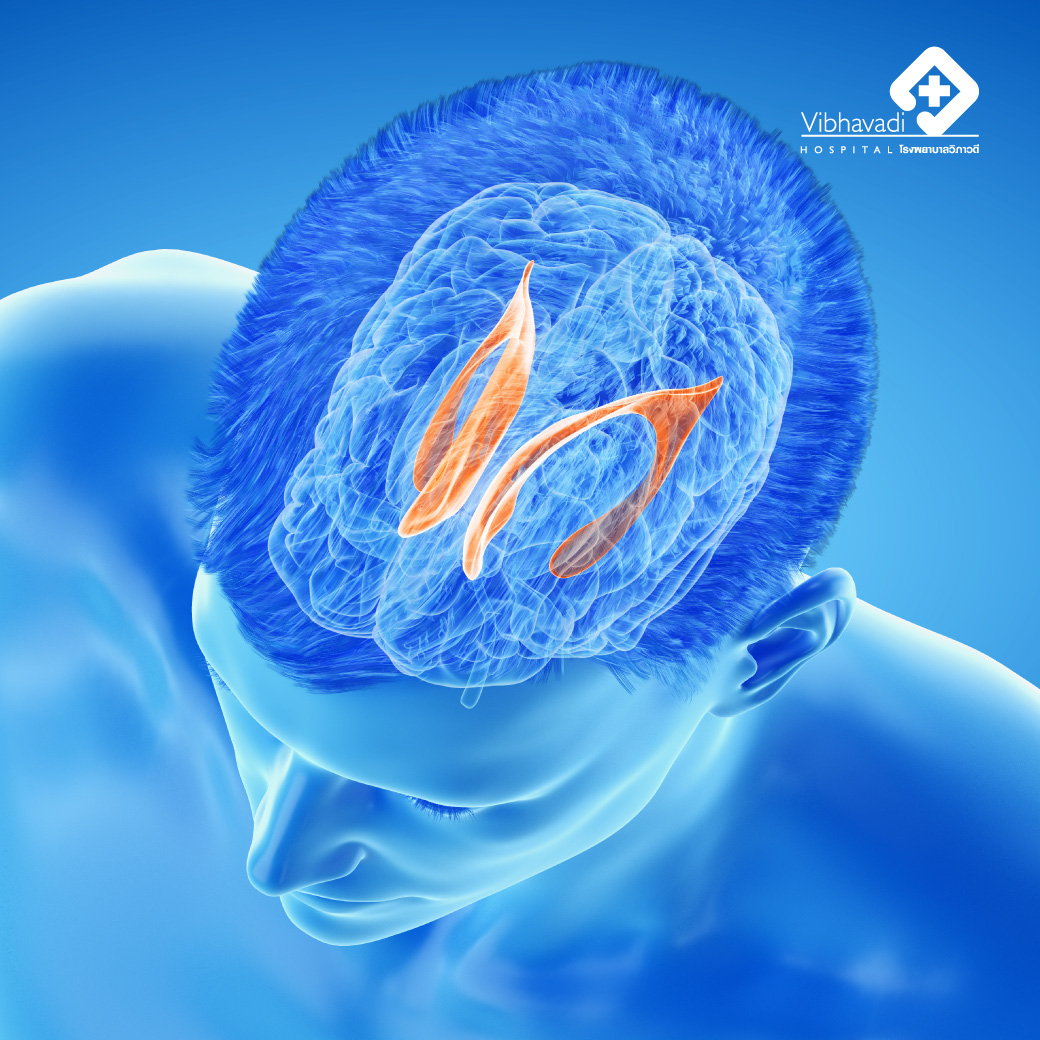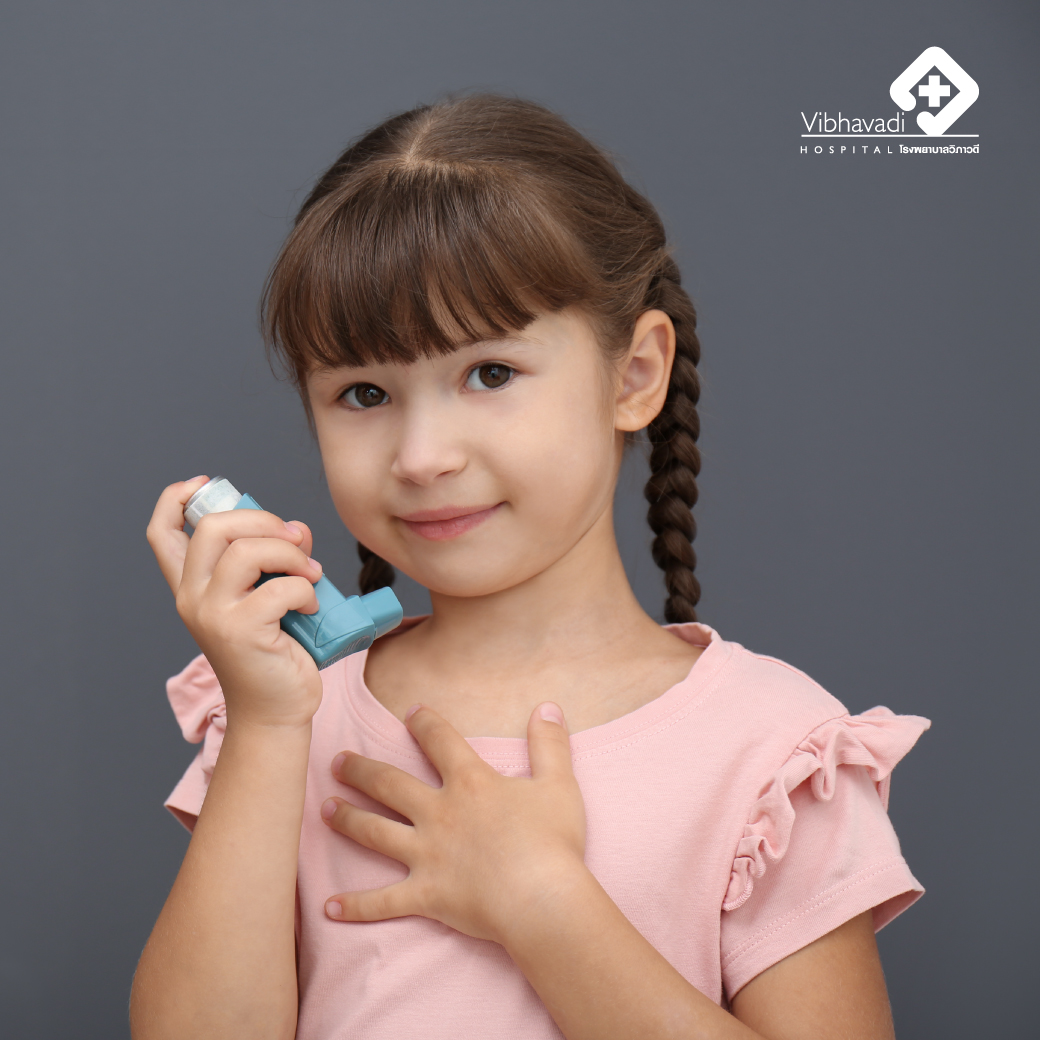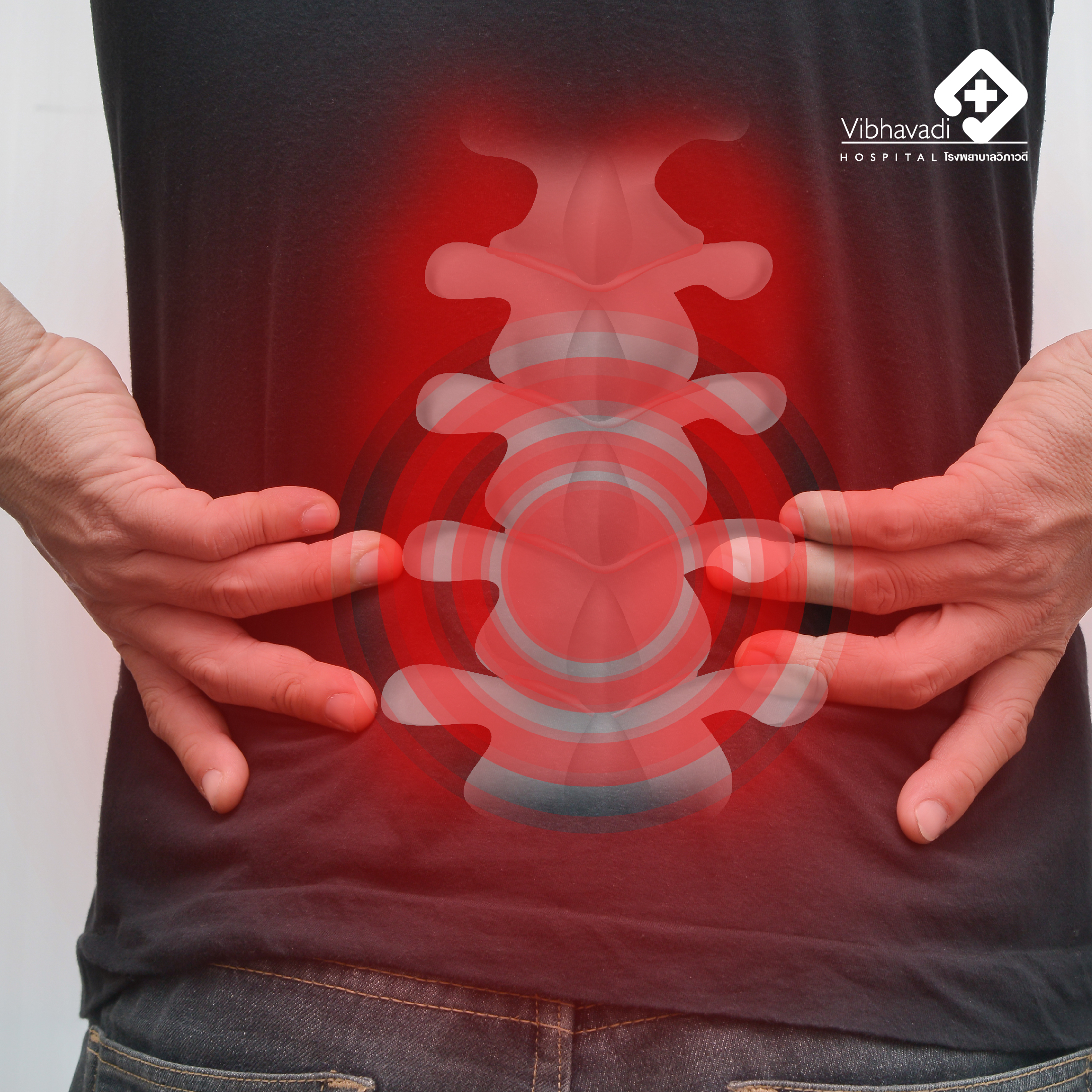
Ventricles of the Brain Contain Cerebrospinal Fluid
Ventricles of the Brain Contain Cerebrospinal Fluid
It is expected that many of you would like to know about cerebrospinal fluid in the cerebrospinal fluid, so bring the article that the doctor wrote for us to share with you as knowledge.
Ventricles of the Brain Contain Cerebrospinal Fluid
by.. Dr. Watanyu Prachayanon
What are Ventricles?
What is Cerebrospinal Fluid?
The human brain is much more than just a lump of fat; it has a hollow in the center which we refer to as the "brain cavity."
Cerebrospinal fluid (CSF), also known as the English term Cerebrospinal fluid, is a fluid that is produced in the ventricles of the brain. It circulates throughout the brain and spinal cord to provide necessary nourishment and protection. CSF also serves as an insulating layer to absorb shock, helping to protect the brain and spinal cord from any impacts that may affect the head or back. In addition, CSF brings nutrients to the brain and carries away waste.
The body produces cerebrospinal fluid (CSF) by extracting it from arterial blood using special arteries found in the ventricles of the brain. This fluid is then circulated through the various ventricles of the brain, eventually flowing out beneath the meninges and spinal cord before being reabsorbed into the large arteries on the surface of the brain. On average, the body produces around 500 cc of CSF per day, but the capacity of the brain's ventricles is only 70-80 cc, plus the subcortical ventricle and the spinal cord. As a result, the amount of CSF present in the body is usually no more than 150-200 cc. To maintain this balance, the production and reabsorption of CSF must be in equilibrium.
Cerebrospinal fluid congestion can be caused by an increase in production of cerebrospinal fluid beyond what can be reabsorbed, decreased efficiency in absorption, or obstruction of the flow from the ventricles to the subcortical and cerebral surfaces.
Common diseases or disorders that can cause the accumulation of cerebrospinal fluid in the ventricles include tumors of blood vessels that produce cerebrospinal fluid, tumors in the ventricles of the brain or brain tissue that cause the cerebrospinal fluid to flow poorly, and ventricular stenosis, either from congenital stenosis or from cysts, parasites, blood clots, or lumps that clog the ventricles of the brain and impede the flow of cerebrospinal fluid.
If a child is born with an unclosed fontanel or an incompletely healed skull seam, the skull will still be able to expand. However, over time, this can cause the brain tissue to become thinner, resulting in an increase in head size and a characteristic "watermelon head" appearance.
When fontanelle closure occurs in older children, adolescents, or adults, the skull seam is completely healed and can no longer expand. This can lead to dangerous symptoms such as headaches, seizures, loss of consciousness, and even death due to increased intracranial pressure or cerebrospinal fluid pressure from the congestion of cerebrospinal fluid. It is important to seek treatment and help as soon as possible.
What changes, if any, occur to cerebrospinal fluid in the elderly, and what causes these changes? How can these changes be addressed and remedied?
The elderly may experience a gradual accumulation of cerebrospinal fluid, which is known as chronic hydrocephalus. This condition is believed to be caused by a deterioration of the body's ability to circulate cerebrospinal fluid, as the filter that normally allows the fluid to enter the venous blood at the surface of the brain is not working as efficiently as it used to. This can cause the cerebrospinal fluid to become clogged with sediment and slag, which can prevent it from flowing as freely as it used to. Although the amount of cerebrospinal fluid created each day does not drastically change, it can accumulate in the ventricles of the brain over time, causing the ventricles to gradually expand and squeeze the brain tissue. This can occur at a rate of less than a cc per day, but over the course of years, can cause the condition to worsen.
As people age, the cerebrospinal fluid develops gradually, allowing the body to better tolerate the slow change. However, if the retention of cerebrospinal fluid is not monitored, eventually abnormal symptoms may appear.
The main symptoms of cerebrospinal fluid in the elderly are not headaches or epilepsy, but rather changes in brain function such as worse memory, unusual gait, difficulty walking, or not walking well, falling often, stiffness, trembling of the limbs (similar to those with Parkinson's disease), and urinary incontinence (similar to those with enlarged prostate).
Due to the fact that it can present with similar symptoms to other conditions, cerebrospinal fluid in the elderly can often be neglected or disregarded.
Diagnosis today is relatively straightforward, since the majority of examinations do not involve any pain. For instance, magnetic resonance imaging (MRI) can be used to measure the size of the brain's ventricles and the velocity of cerebrospinal fluid flow. Other tests may require a bit of discomfort, such as a spinal tap to directly measure cerebrospinal fluid pressure. In some cases, 40-80 cc of cerebrospinal fluid may be drained if the pressure is higher than normal and the patient's symptoms improve after the procedure, such as improved walking, reduced trembling and spasticity. This is a clear indication that cerebrospinal fluid is present in the ventricles.
Nowadays, treating the cerebrospinal fluid is relatively easy. All that needs to be done is to change the pathway of the fluid after it has been reabsorbed by the brain - instead of stopping here, let it be reabsorbed by the peritoneum instead. That's all it takes.
With correct and timely treatment, people who have been diagnosed with Parkinson's disease can experience a return to normal life for a long period of time. Many of them are able to drastically reduce the dosage of their medication, and some may even be able to discontinue taking it entirely.
It is important to understand that life is fleeting. To help the elderly have a better quality of life, one must be happy with their children, be encouraging, and be respectful. Ultimately, the love, care, and guidance we give our children is irreplaceable and invaluable.
It is important to remember that when we grow old, we cannot avoid this reality.














